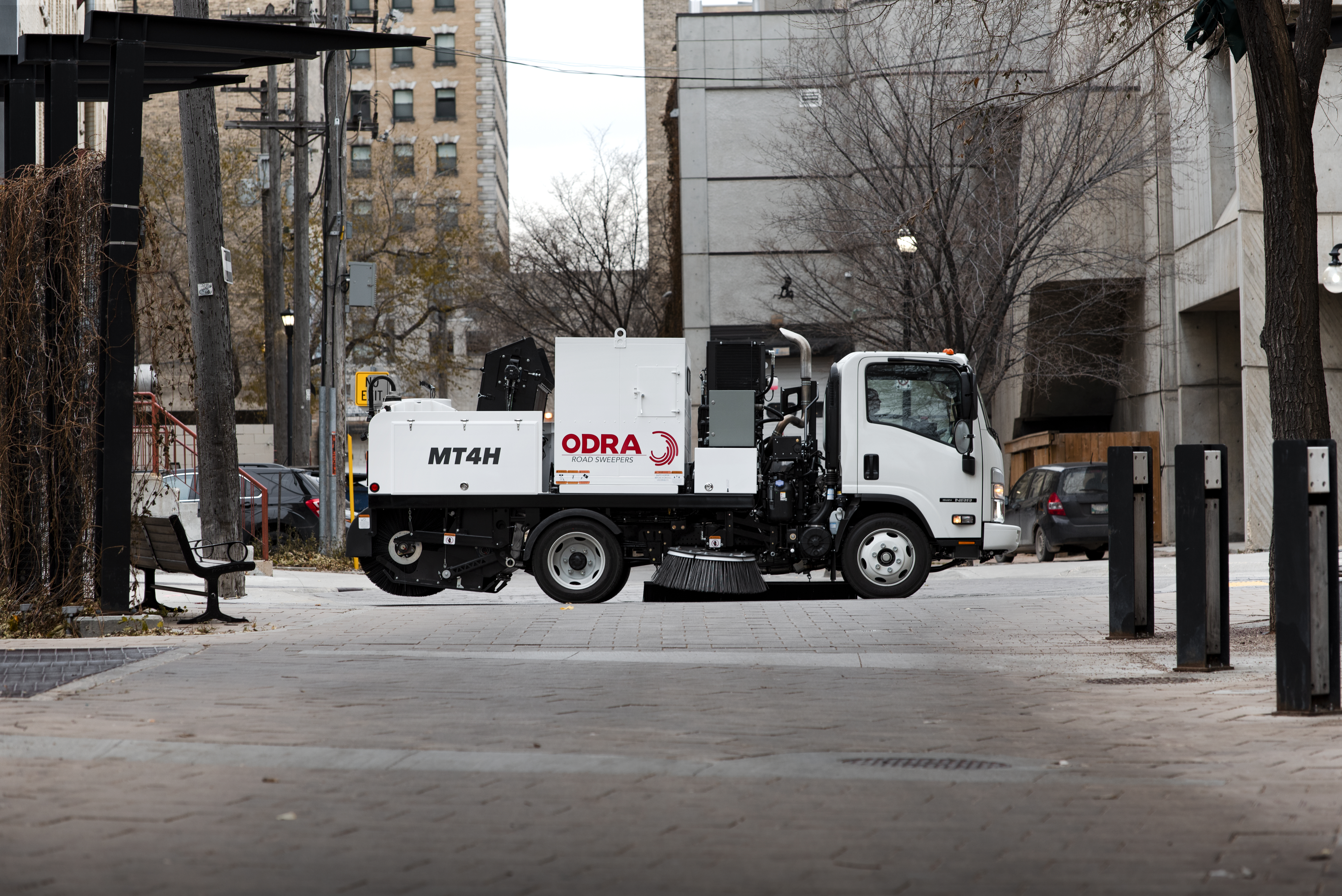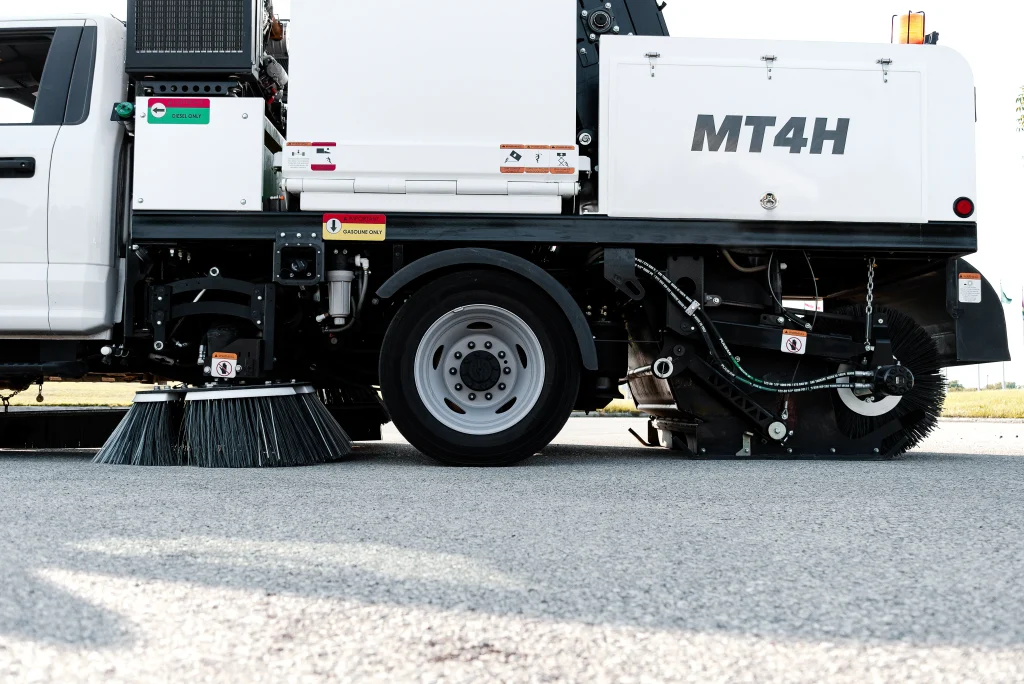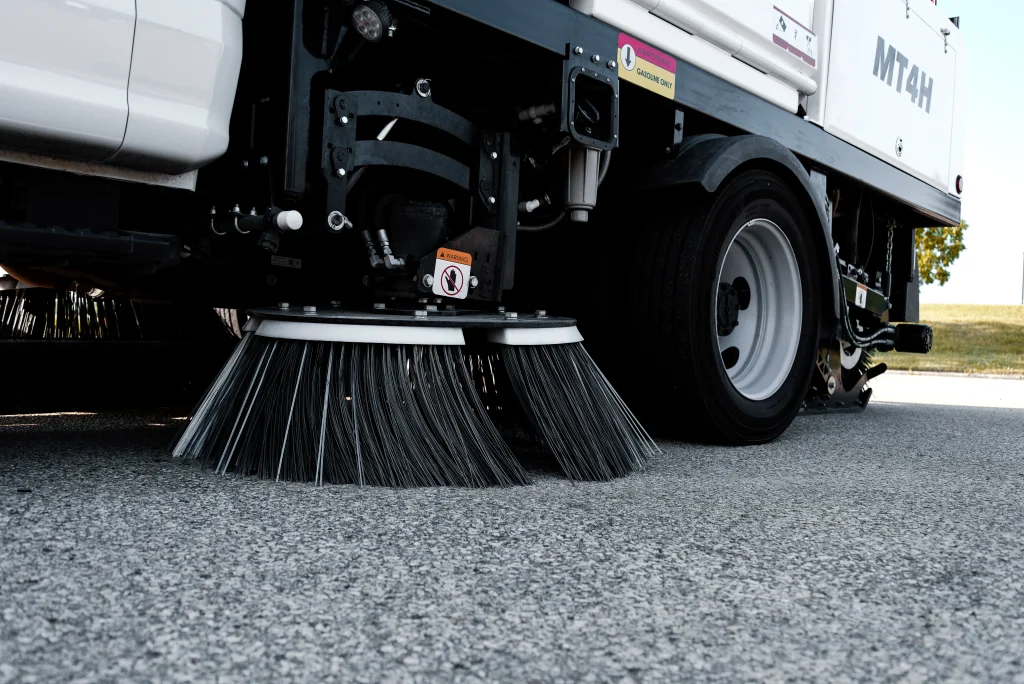Maintenance Tips for Road Sweeping Equipment
Introduction
Maintaining road sweeping equipment is essential for ensuring its efficiency, longevity, and reliability. Regular maintenance not only prevents costly repairs but also guarantees optimal performance, keeping streets clean and safe. This blog provides comprehensive maintenance tips, focusing on daily, weekly, monthly, and seasonal tasks. We will also discuss troubleshooting common issues and the importance of using quality
street sweeper parts.Daily Maintenance Routines
Pre-Operation Checks
Before starting the day’s operations, perform a thorough pre-operation check. Inspect the equipment for any visible damage or wear, ensuring that all components are intact. Check fluid levels, including oil, hydraulic fluid, and coolant. Additionally, verify that all lights and signals are functioning correctly, ensuring safety on the roads.
Cleaning and Debris Removal
Daily cleaning of brushes and suction nozzles is crucial for maintaining efficiency. Remove any debris from the hopper and filters to prevent blockages. Inspect and clean the spray nozzles to ensure they are not clogged and can effectively disperse water.
Basic Lubrication
Lubricate all moving parts as recommended by the manufacturer. This includes brushes, bearings, and joints. Proper lubrication reduces friction and wear, extending the lifespan of the components.
Weekly Maintenance Tasks
Brush and Broom Inspection
Check brushes and brooms for signs of wear and tear. Replace any worn-out
street sweeper parts to maintain effective sweeping performance. Regularly inspecting these components ensures debris is collected efficiently, preventing the need for re-sweeping areas.
Hydraulic System Check
Inspect hydraulic hoses and connections for any signs of leaks or damage. Ensure hydraulic fluid levels are adequate and uncontaminated. Proper functioning of the hydraulic system is vital for the operational efficiency of the sweeper.
Tire and Wheel Maintenance
Inspect tires for proper inflation and signs of wear. Properly inflated tires ensure smooth operation and prevent unnecessary strain on the equipment. Additionally, ensure that wheels are securely attached and balanced to avoid accidents or operational issues.
Monthly Maintenance Procedures
Filter and Hose Inspection
Check and clean or replace air and oil filters to ensure the engine and other components run smoothly. Inspect hoses for signs of wear, cracks, or leaks, and replace them if necessary. Keeping filters and hoses in good condition prevents engine strain and breakdowns.
Battery Maintenance
Inspect battery terminals and connections for corrosion or damage. Clean and tighten battery terminals as necessary to ensure reliable starts and electrical system performance.
Detailed Cleaning
Perform a thorough cleaning of the sweeper, including the interior and exterior. Remove built-up grime and dirt from hard-to-reach areas to prevent corrosion and ensure all components function correctly.
Seasonal Maintenance and Overhaul
Winter Preparation
Check antifreeze levels and ensure the cooling system is ready for winter conditions. Inspect and replace worn heater hoses to prevent failures during cold weather. Proper winter preparation ensures the sweeper operates efficiently in low temperatures.
Summer Readiness
Ensure the cooling system is functioning properly to prevent overheating during hot weather. Inspect and maintain air conditioning systems if applicable to ensure operator comfort and equipment reliability.
Comprehensive Inspection
Conduct a detailed inspection of all major components, including the engine, hydraulic system, and electrical system. Schedule professional maintenance or overhaul if necessary to address any potential issues before they become major problems.
Troubleshooting Common Issues
Brush and Broom Malfunctions
Identify and fix common issues with brush performance, such as uneven wear or improper adjustment. Adjust brush height and angle as needed to ensure optimal sweeping performance.
Hydraulic System Problems
Troubleshoot common hydraulic issues, such as leaks or pressure problems. Repair or replace faulty hydraulic components to maintain operational efficiency and prevent further damage.
Electrical and Battery Issues
Diagnose common electrical problems, such as faulty wiring or battery issues. Maintain and replace batteries and electrical components as necessary to ensure reliable operation.
Sourcing Quality Parts
Importance of Genuine Parts
Using
genuine sweeper parts ensures compatibility and reliability. Genuine parts are designed specifically for your equipment, providing better performance and longer lifespan compared to counterfeit or low-quality alternatives.
Finding Reliable Suppliers
Operator Training and Best Practices
Proper Operation Techniques
Train operators on best practices for using road sweeping equipment. Gentle handling and avoiding rough terrains can significantly extend the lifespan of the equipment and its components.
Regular Training Updates
Keep operators informed about new maintenance techniques and equipment updates. Schedule regular training sessions to refresh knowledge and skills, ensuring that operators are well-equipped to handle the equipment efficiently.
Conclusion
Regular maintenance of road sweeping equipment is essential for ensuring its efficiency, reliability, and longevity. By following the daily, weekly, monthly, and seasonal maintenance tips provided in this blog, you can keep your equipment in optimal condition, preventing costly repairs and downtime. Additionally, sourcing quality street sweeper parts, along with proper operator training, will ensure the best performance from your road sweeping equipment.
Contact Our Team : Need assistance in choosing the right sweeper for your specific application? Our expert team is here to help! Reach out to us today for personalized guidance and recommendations. Let’s keep your streets clean and efficient!









